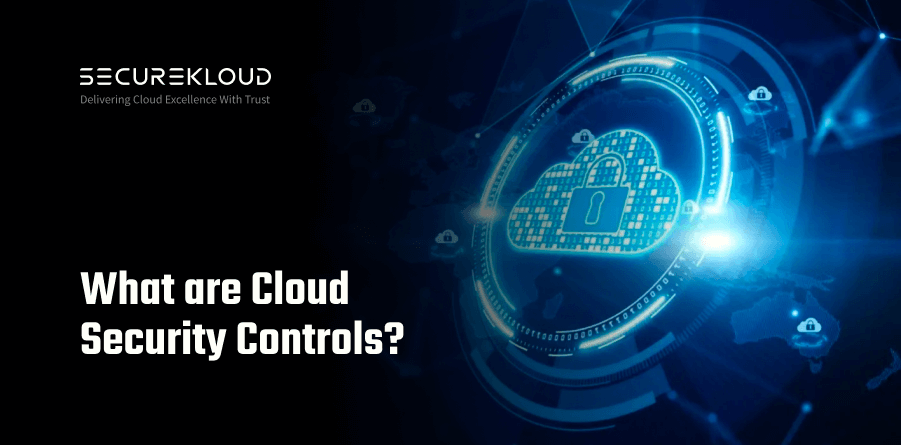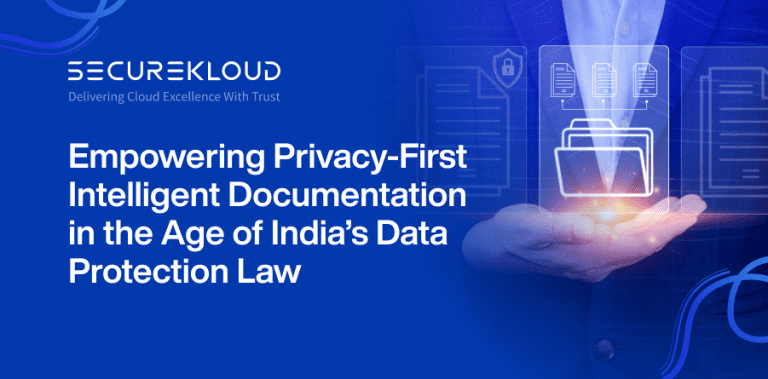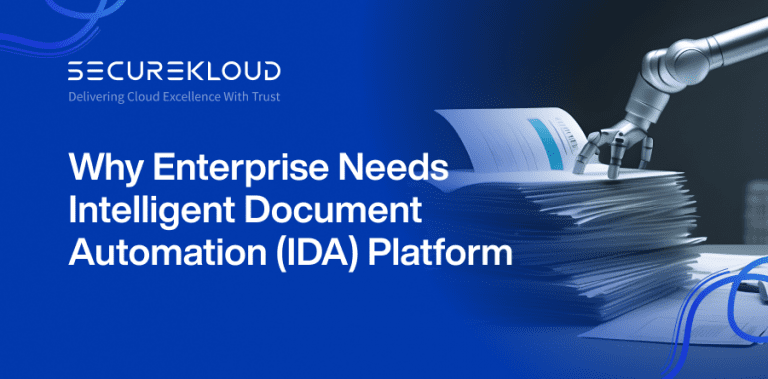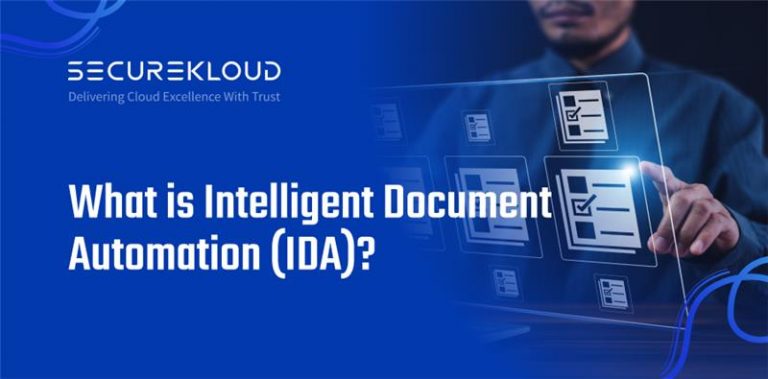- 5Minutes
- 939Words
- 3Views
What are Cloud Security Controls?
In today’s fast-paced digital world, businesses are rapidly moving towards cloud computing to reduce operational costs, improve flexibility and scalability, and enhance productivity. Cloud computing has become the go-to solution for companies of all sizes and industries, from startups to large enterprises. However, as businesses move their operations to the cloud, security concerns also arise. Cloud security controls are an essential part of any cloud security strategy to protect businesses from security breaches and data loss.
Cloud security controls are security measures that are implemented to safeguard cloud computing environments against potential security threats. These controls are designed to ensure that data and systems in the cloud are secure, confidential, and available. These controls are implemented at various levels, including infrastructure, platform, and application layers.
Benefits of Cloud Security Controls
1. Data Protection
The most critical aspect of cloud security controls is data protection. Cloud security controls help protect sensitive data from unauthorized access, data breaches, and data loss. Data encryption, access controls, and security monitoring are some of the cloud security controls that help protect sensitive data.
2. Compliance
Organizations need to comply with industry regulations and legal requirements when using the cloud. Cloud security controls help ensure compliance with regulations such as HIPAA, PCI DSS, and GDPR. Compliance requirements often require specific security controls to be implemented, and cloud security controls can help meet those requirements.
3. Risk Management
Cloud security controls help organizations identify and manage security risks. Security risks can come from external sources, such as cybercriminals, or internal sources, such as employees. Cloud security controls such as intrusion detection and prevention systems, firewalls, and vulnerability scanning help identify and mitigate security risks.
4. Availability
Cloud security controls help ensure that cloud-based services and data are available when needed. Cloud service providers have high availability requirements, and cloud security controls can help meet those requirements. Redundancy, disaster recovery, and backup systems are some of the cloud security controls that help ensure availability.
5. Cost-Effectiveness
Cloud security controls can be more cost-effective than traditional security controls. Cloud security controls are often provided as a service, reducing the need for organizations to invest in expensive hardware and software. Cloud security controls can also be scaled up or down as needed, making them more cost-effective than traditional security controls.
Infrastructure Security Controls
Infrastructure security controls are the first line of defense for any cloud environment. These controls are designed to secure the physical infrastructure of the cloud provider. Some of the common infrastructure security controls include:
- Access Control: Access control is the process of granting or denying permissions to users or entities to access cloud resources. Access control ensures that only authorized personnel can access sensitive data and applications.
- Identity Management: Identity management involves creating, managing, and deleting user identities and their access to cloud resources. This includes authentication, authorization, and accountability of users.
- Encryption: Encryption is the process of converting plaintext data into ciphertext, which can only be read by authorized parties. Encryption ensures that data is protected from unauthorized access, even if it is intercepted.
- Network Security: Network security involves implementing security controls such as firewalls, intrusion detection systems, and virtual private networks (VPNs) to secure the cloud network from external threats.
Platform Security Controls
Platform security controls are designed to secure the platform or software that runs on the cloud infrastructure. These controls are focused on securing the operating system and application stack that runs on top of the infrastructure. Some of the common platform security controls include:
- Patch Management: Patch management involves regularly updating the operating system and software with the latest security patches to address known vulnerabilities.
- Host-Based Firewalls: Host-based firewalls are used to monitor and control traffic to and from the cloud instances. Host-based firewalls can be configured to allow or deny traffic based on predefined rules.
- Intrusion Detection and Prevention: Intrusion detection and prevention systems are used to detect and prevent unauthorized access to cloud instances. These systems can identify and block suspicious traffic or activity in real-time.
- Secure Configuration: Secure configuration involves hardening the operating system and application stack by disabling unnecessary services, changing default passwords, and implementing secure configurations.
Application Security Controls
Application security controls are designed to secure the applications that run on the cloud platform. These controls are focused on securing the application layer and preventing attacks such as SQL injection, cross-site scripting, and other vulnerabilities. Some of the common application security controls include:
- Code Review: Code review is the process of manually reviewing the source code of an application for security vulnerabilities. Code review can identify and mitigate vulnerabilities before they are deployed to production.
- Web Application Firewalls: Web application firewalls are used to monitor and control traffic to and from the application layer. Web application firewalls can be configured to allow or deny traffic based on predefined rules.
- Penetration Testing: Penetration testing is the process of simulating an attack on an application to identify vulnerabilities. Penetration testing can help identify vulnerabilities that may be missed by automated tools or code review.
- Secure Development Lifecycle: Secure development lifecycle involves integrating security into the development process by implementing security requirements, threat modeling, and security testing throughout the software development lifecycle.
Conclusion
Cloud security controls are an essential part of any cloud security strategy. They are designed to protect businesses from security breaches and data loss by securing the cloud infrastructure. They provide protection against cyber threats, unauthorized access, and data breaches, and help organizations to comply with regulatory requirements. As cloud computing continues to evolve, it is essential that organizations implement robust cloud security controls to protect their data and ensure the security of their cloud environments.







